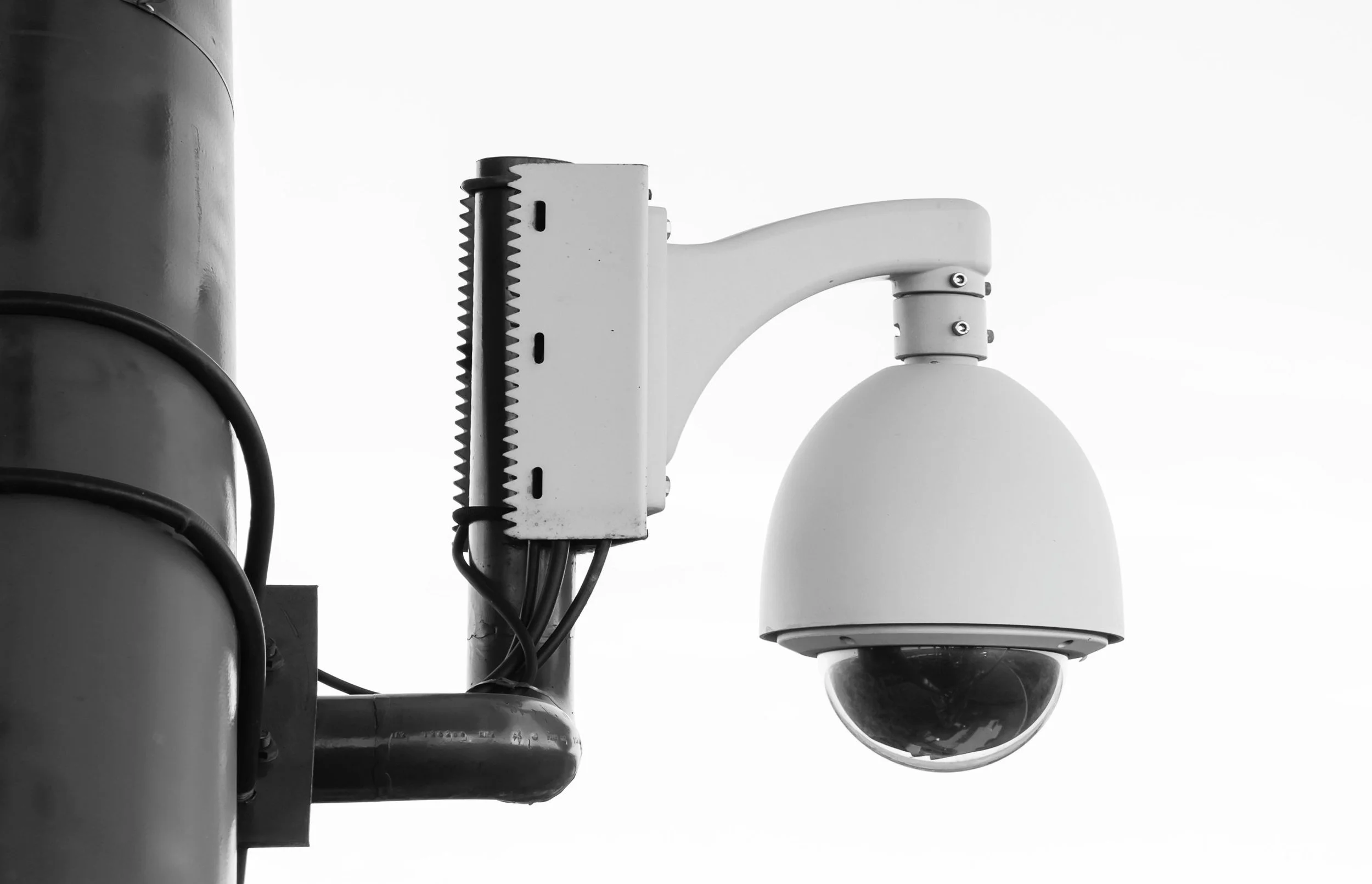The Future of Data Protection: Innovations to Watch Out For
Discover the cutting-edge innovations shaping the future of data protection. Stay ahead with insights into emerging technologies and trends safeguarding sensitive information in an ever-evolving digital landscape.
Our lives are increasingly intertwined with the digital world. From online banking and social media to fitness trackers and smart devices, we generate a vast amount of data every day. This data can be incredibly valuable, but it also raises significant concerns about data protection and privacy.
As technology evolves, so must our approach to safeguarding personal information. Here, we explore some of the most promising innovations shaping the future of data protection.
Empowering Individuals with Control
One key trend in data protection is the growing emphasis on empowering individuals to control their information.
1. User-Centric Consent Management
Imagine a world where you can easily see how your data is used and by whom. This is the vision behind user-centric consent management tools. These tools provide individuals with a clear understanding of what data is being collected, how it will be used, and with whom it will be shared. They also give users the power to grant, revoke, or modify their consent.
Several companies are already developing user-centric consent management platforms. Some companies allow users to create a central hub for their personal information, which can then be used to easily manage consent settings across different platforms and services.
2. Data Portability
Have you ever switched between service providers and wished you could easily take your data with you? Data portability gives individuals the right to access and transfer their data from one service provider to another. This allows users to control their information and avoid being locked into any single platform.
Data portability is enshrined in European regulations like the General Data Protection Regulation (GDPR) and the California Consumer Privacy Act (CCPA) in the United States. As data protection regulations evolve, we can expect data portability to become a standard feature across various online services.
Securing Data with Cutting-Edge Technologies
In addition to empowering individuals, data security innovations are crucial in safeguarding personal information.
1. Homomorphic Encryption
Encryption scrambles data to make it unreadable without a decryption key. However, traditional encryption methods often make analyzing or processing encrypted data impossible. Homomorphic encryption is a revolutionary new technology that allows users to perform computations on encrypted data without decrypting it first. This opens up a world of possibilities for secure data analysis and collaboration.
For example, imagine a healthcare provider wanting to analyze medical records to identify trends and improve patient care. With homomorphic encryption, they could analyze the encrypted data without needing to decrypt it, protecting patient privacy while gaining valuable insights.
2. Differential Privacy
Differential privacy is a statistical technique that adds a layer of noise to data sets, making identifying information about specific individuals difficult. This technique allows researchers and organizations to gain valuable insights from large data sets while minimizing the risk of privacy breaches.
Differential privacy is already used in various applications, from targeted advertising to financial fraud detection. As the technology matures, we can expect it to be used even more widely to protect individual privacy while enabling valuable data analysis.
3. Data Security Platform
As organizations manage increasing volumes of sensitive data, the complexity of ensuring its security grows. Data Security Platform provides a holistic approach to understanding and securing data by offering detailed insights into data assets, assessing their security posture, and identifying vulnerabilities.
Building Trust Through Transparency
Data protection is not just about technology; it's also about building trust with individuals. Here are two key trends that emphasize transparency in data practices.
1. Privacy by Design
Privacy by design is a philosophy that encourages organizations to consider data protection from the beginning of development. This means designing systems and services that minimize the amount of data collected, store data securely, and give users clear control over their information.
Privacy by design is becoming increasingly important as businesses collect and use ever-increasing amounts of data. By prioritizing privacy from the outset, organizations can build trust with their customers and avoid costly data breaches down the road.
2. Explainable AI
Artificial intelligence (AI) plays an increasingly significant role in our lives, but it can also raise concerns about transparency and accountability. Explainable AI aims to make AI models more transparent and understandable. This allows users to understand how AI systems make decisions and ensures that these decisions are not biased or discriminatory.
As AI continues to be integrated into various aspects of our lives, explainable AI will be crucial for building trust and ensuring that AI is used ethically and responsibly.
Conclusion
The future of data protection is constantly evolving. By embracing innovative technologies, empowering individuals, and prioritizing transparency, we can build a digital world where innovation and privacy can thrive. As we progress, individuals, businesses, and policymakers must work together to create a robust data protection framework that safeguards our personal information while allowing the digital economy to flourish.






























